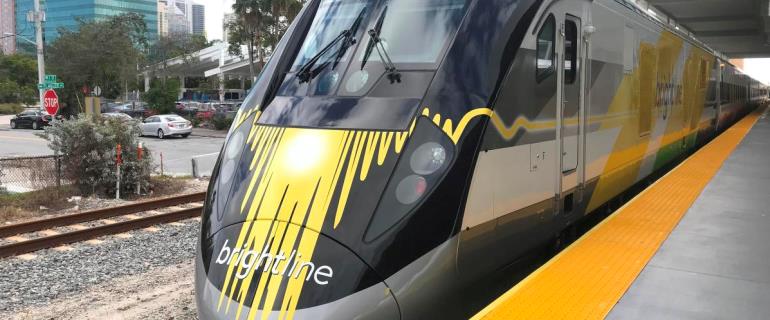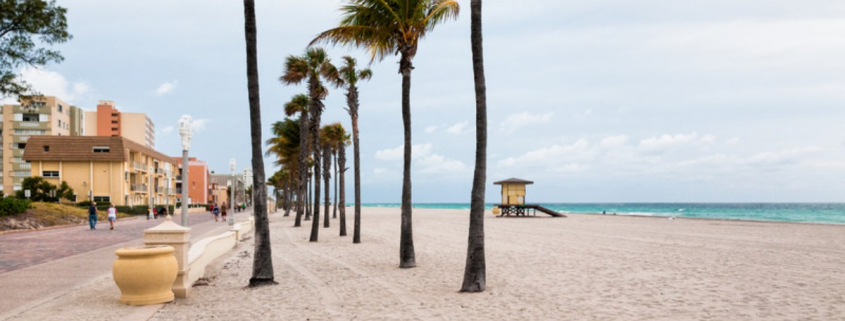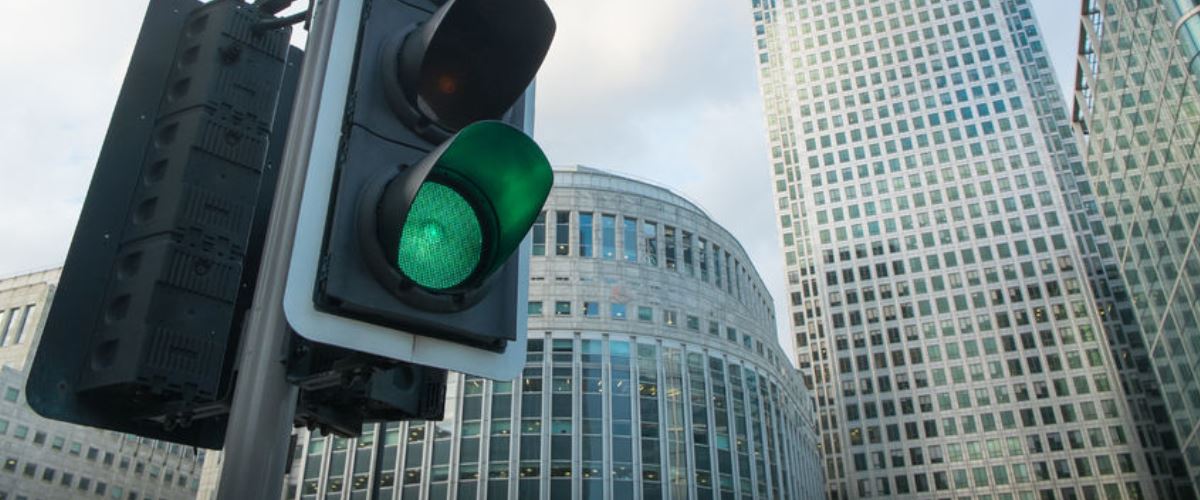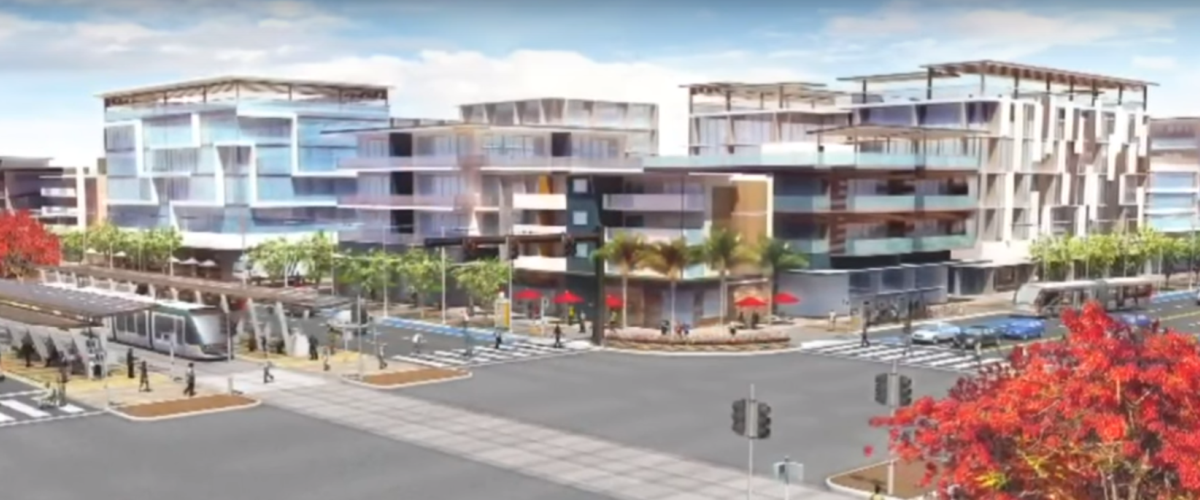Downtown Boca Raton’s new Brightline station is being positioned as catalyst for growth — with the goal of building up a transit-oriented destination that will offer more new housing, stores and plenty more.
The Boca Raton station, at 101 NW 4th St., and a station in Aventura each opened in December last year, increasing the number of South Florida stations from three to five. Resembling the babies of the family, the newer stations are expected to mimic their sibling stations, which opened in 2018 in West Palm Beach, Fort Lauderdale and Miami. The older stations already have drawn growth and redevelopment around them.
“The Brightline is hugely instrumental into the growth of Boca Raton because now you can have somebody who’s working down in Miami who can live ‘in the suburbs’ up here,” said Scott Gerow, the executive director of luxury sales at the Cotilla-Beresh-Gerow Luxury Team at Compass. “Now it makes it more of a commutable region, like Long Island or Connecticut would be to Manhattan.”
Jenni Morejon, the president and CEO of the Fort Lauderdale Downtown Development Authority, added, “Every city that has a Brightline station either today, or ultimately a commuter rail station in the future, is going to see tremendous mixed-use development because it is truly a driver for investment.”
Here’s a look at how growth is bound to come near Boca’s Brightline station.
A 13-Story Building Proposed
Evidence of a future defined by development already may be making an appearance: A proposal, recently filed with the city, calls for a 13-story multi-use project called Modera Boca Raton that would feature a 358-unit apartment building near the station.
The plan calls for about 6,500 square feet of retail space, as well as nearly 490 parking spots. The planned amenities would include a clubhouse, fitness center, courtyard, rooftop pool and sundeck.
The project would be located immediately south of the Brightline station specifically west of Northwest Second Avenue, east of Northwest First Avenue, south of Northwest Fourth Street, and north of Northwest Third Street. The Boca Raton Public Library sits nearby.
A Consultant’s Help
“The city is seeking a consultant to guide the creation of the transit-orientated development that the area currently lacks,” said Marc Wigder, chair of the Boca Raton Community Redevelopment Agency. “Such a consultant would help the city design a sustainable, transit-oriented district with a mixture of uses that would highlight the transit hub, would highlight the government center hub, and would highlight the ability to not be so vehicular dominated. That’s kind of what you want, transit-oriented development that enables neighborhood feelings without vehicular dependency.”
The aim is to achieve what Wigder said is called an “internal capture,” wherein people don’t have to drive everywhere, underscoring the live, work, play concept he and other members of the council have continued to push for in Boca Raton’s downtown scape. Public input will also play a role, Wigder said, and will be gathered over the next several months.
Other Stations’ Successes
Thriving examples of growth around Brightline stations exist both north and south of Boca’s station. Take Fort Lauderdale, for example: Since its station opened in 2018, the city’s downtown population has seen an increase of more than 10,000 people and 5,000 new rental units, according to data from the Fort Lauderdale Downtown Development Authority.
In November, the Broward County Commission voted to build a new government center next to the Fort Lauderdale station, bolstering the potential growth there.
“A transit-oriented development takes care of any and all needs of the residents or employees living in that area,” said Morejon, the Downtown Development Authority’s president. “And while Fort Lauderdale experiences a similar issue to Boca Raton in terms of finding land to develop, a solution to that is developing more efficiently. You really have to go vertical. A lot of it is about redeveloping properties that already have existing development. And that’s not a bad thing because it makes for more compact cities, more walkable cities, cities that have a lot more amenities in close proximity.”
Source: SunSentinel




